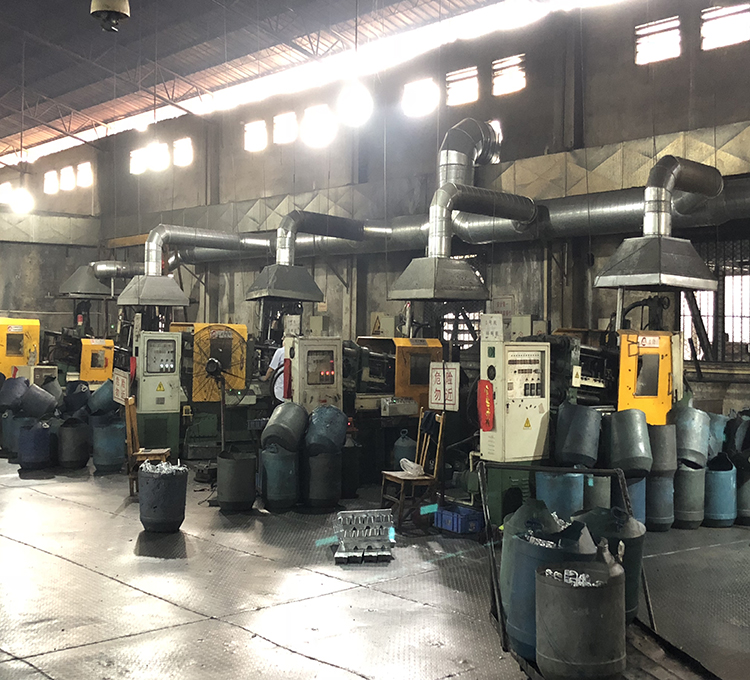Die casting
The zinc alloy die-casting process involves several key steps to produce high-quality metal parts. Here’s a detailed overview:
- Preparation: The die-casting mold is cleaned to remove any impurities and then lubricated to ensure smooth ejection of the cast part after cooling. The mold is clamped with high pressure to maintain its shape during the casting process1.
- Injection: The zinc alloy is melted and poured into the injection machine’s shot chamber. The shot chamber is kept hot to maintain the molten state of the zinc alloy1. The molten zinc is then injected into the die-casting mold under high pressure.
- Cooling and Ejection: The molten zinc alloy cools and solidifies within the mold, taking the shape of the mold cavity. Once the part has solidified, the mold is unclamped, and the cast part is carefully ejected1.
- Trimming: Any excess material, such as flash, sprues, and runners, is removed from the cast part using trimming tools like a trim die or saw. The trimmed parts can often be recycled and reused1.
- Finishing: Additional finishing processes, such as electroplating, powder coating, or anodizing, may be applied to enhance the appearance and durability of the cast part.
Zinc alloys are popular in die-casting due to their excellent fluidity, strength, and corrosion resistance. Commonly used zinc alloys include Zamak 3, which offers a good balance of physical and mechanical properties2.

